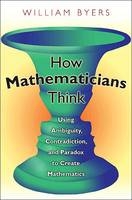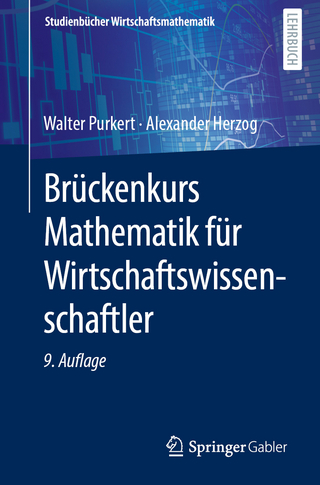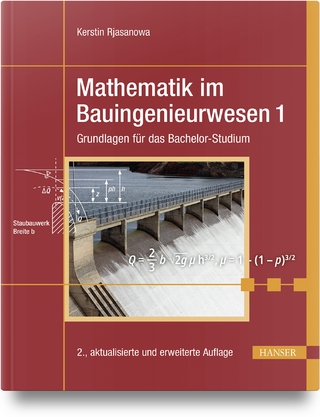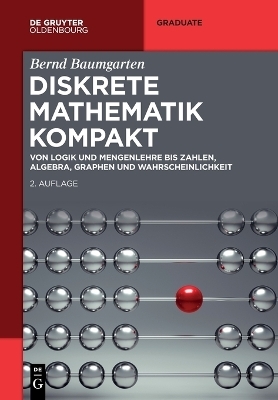
How Mathematicians Think
Princeton University Press (Verlag)
978-0-691-12738-5 (ISBN)
- Titel ist leider vergriffen;
keine Neuauflage - Artikel merken
To many outsiders, mathematicians appear to think like computers, grimly grinding away with a strict formal logic and moving methodically - even algorithmically - from one black-and-white deduction to another. Yet, mathematicians often describe their most important breakthroughs as creative, intuitive responses to ambiguity, contradiction, and paradox. A unique examination of this less-familiar aspect of mathematics, "How Mathematicians Think" reveals that mathematics is a profoundly creative activity and not just a body of formalized rules and results.Nonlogical qualities, William Byers shows, play an essential role in mathematics. Ambiguities, contradictions, and paradoxes can arise when ideas developed in different contexts come into contact. Uncertainties and conflicts do not impede but rather spur the development of mathematics. Creativity often means bringing apparently incompatible perspectives together as complementary aspects of a new, more subtle theory. The secret of mathematics is not to be found only in its logical structure.
The creative dimensions of mathematical work have great implications for our notions of mathematical and scientific truth, and "How Mathematicians Think" provides a novel approach to many fundamental questions. Is mathematics objectively true? Is it discovered or invented? And is there such a thing as a "final" scientific theory? Ultimately, "How Mathematicians Think" shows that the nature of mathematical thinking can teach us a great deal about the human condition itself
William Byers is professor of mathematics at Concordia University in Montreal. He has published widely in mathematics journals.
Acknowledgments vii INTRODUCTION: Turning on the Light 1 SECTION I: THE LIGHT OF AMBIGUITY 21 CHAPTER 1: Ambiguity in Mathematics 25 CHAPTER 2: The Contradictory in Mathematics 80 CHAPTER 3: Paradoxes and Mathematics: Infinity and the Real Numbers 110 CHAPTER 4: More Paradoxes of Infinity: Geometry, Cardinality, and Beyond 146 SECTION II: THE LIGHT AS IDEA 189 CHAPTER 5: The Idea as an Organizing Principle 193 CHAPTER 6: Ideas, Logic, and Paradox 253 CHAPTER 7: Great Ideas 284 SECTION III: THE LIGHT AND THE EYE OF THE BEHOLDER 323 CHAPTER 8: The Truth of Mathematics 327 CHAPTER 9: Conclusion: Is Mathematics Algorithmic or Creative? 368 Notes 389 Bibliography 399 Index 407
| Erscheint lt. Verlag | 27.5.2007 |
|---|---|
| Zusatzinfo | 6 halftones. 48 line illus. |
| Verlagsort | New Jersey |
| Sprache | englisch |
| Maße | 152 x 235 mm |
| Gewicht | 482 g |
| Themenwelt | Mathematik / Informatik ► Mathematik |
| ISBN-10 | 0-691-12738-7 / 0691127387 |
| ISBN-13 | 978-0-691-12738-5 / 9780691127385 |
| Zustand | Neuware |
| Haben Sie eine Frage zum Produkt? |
aus dem Bereich


